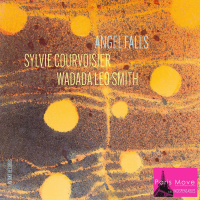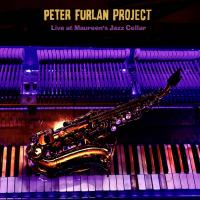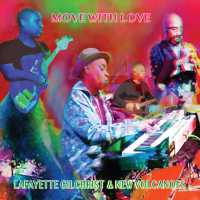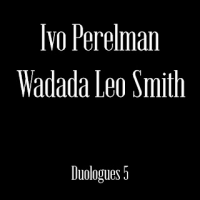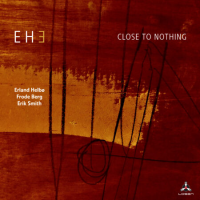Home » Jazz Articles » Album Review » John Surman: Free and Equal
John Surman: Free and Equal
It's ironic, however, that the other concept of "free" (as in "free jazz") is not practiced here; neither is "equal" (in its usual jazz sense). That irony does not detract from the music in any way, however. Just a statement of fact, for the record. Surman is the unequivocal leader here, enlightened in his own signature off-center fashion.
Free and Equal contains Surman's extended suite in nine movements, where both lead musicians play in composed and improvised modes. The introductory two movements feature Jack DeJohnette on piano (entirely composed and rather serene in tone), while he plays drums elsewhere (improvised and broader in scope). The London Brass, with its continuing interest in new music that crosses boundaries, fits well within this framework. Arranged portions draw upon a range of instrumental combinations both large and small, generally bright and well-paced. Inspired improvisations by French horn player Richard Bissill, trombonist Richard Edwards, and trumpeter John Barclay serve as important catalysts for the larger scale operation.
Like other collaborations between saxophonist Surman and drummer DeJohnette—who have been close for over 30 years—this body of work is designed to amplify their respective strengths. DeJohnette takes off a minute into the third piece, "Sea Change," firing off heavy snare hits to drive an extended fanfare, before entering into a structured improvisation emphasizing regular rhythmic units and drawing heavily from the marching band tradition. His uniquely muscular but never heavy-handed approach is perfectly appropriate in this context.
A couple minutes later, Surman shoots sparks with a baritone solo that's unabashedly swinging and jazzy in an old-school sense. His "vocal" sound has a pleasantly rounded and delicate energy. Reassuringly, the two players work together in their usual (unusual) intuitive fashion. "Back and Forth" proceeds in a restrained manner for about seven minutes, until a pause and transition, upon which Richard Edwards enters into a lengthy punchy, coherent solo on the trombone, joined by both Surman and DeJohnette at points along the way... articulate, relatively understated, and contextually grounded.
For the most part, Free and Equal is symphonic in nature. It relies heavily on the full- bodied sound of the London Brass to provide texture, structure, and harmonic detail. Listeners who seek the open-ended interaction that Surman and DeJohnette practiced on their last collaboration, Invisible Nature, should look elsewhere. But the new modus operandi, a strong departure from the previous approach, is quite effective. Take the music on its own terms and you'll find it has many layers of meaning.
Track Listing
1. Preamble 2. Groundwork 3. Sea Change 4. Back and Forth 5. Fire 6. Debased Line
Personnel
John Surman
saxophoneJohn Surman: soprano and baritone saxophone: bass clarinet; Jack DeJohnette: drums: piano; London Brass (Andy Crowley: trumpet; Paul Archibald: trumpet; John Barclay: trumpet; Anne McAneney: trumpet, flugelhorn; Richard Biskill: horn; Dan Jenkins: trombone; Richard Edwards: trombone; David Purser: trombone; David Stewart: bass trombone; Owen Slade: tuba.)
Album information
Title: Free And Equal | Year Released: 2003 | Record Label: ECM Records
Tags
PREVIOUS / NEXT
Support All About Jazz
 All About Jazz has been a pillar of jazz since 1995, championing it as an art form and, more importantly, supporting the musicians who make it. Our enduring commitment has made "AAJ" one of the most culturally important websites of its kind, read by hundreds of thousands of fans, musicians and industry figures every month.
All About Jazz has been a pillar of jazz since 1995, championing it as an art form and, more importantly, supporting the musicians who make it. Our enduring commitment has made "AAJ" one of the most culturally important websites of its kind, read by hundreds of thousands of fans, musicians and industry figures every month.









